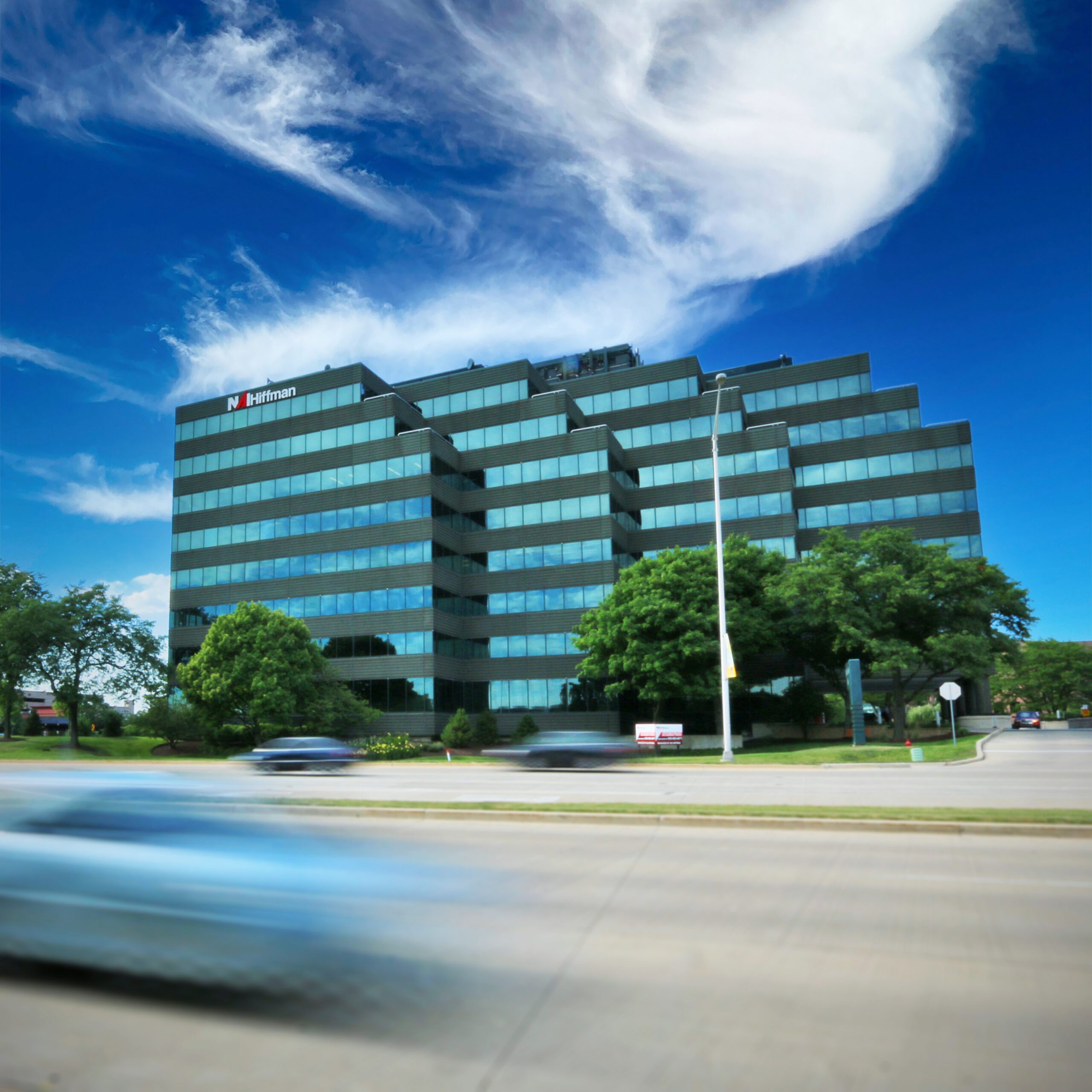July 2009
Feature | Market Report: That which does not kill us, makes us stronger
By Chad Firsel and Mike Tenteris

 While the overall Chicago industrial real estate market numbers do not look as dismal as they did for the first quarter, we are still stuck in the woods. Net absorption was not as profoundly negative for the second quarter, but year-to-date net absorption has eclipsed negative 10 million square feet, the highest in years. Vacancies are still increasing across the board: The overall Chicago industrial market vacancy rate at the end of the second quarter stood at 11.6 percent. Industrial investments sales have fallen by roughly 88 percent in Chicago, and around 80 percent nationally.
While the overall Chicago industrial real estate market numbers do not look as dismal as they did for the first quarter, we are still stuck in the woods. Net absorption was not as profoundly negative for the second quarter, but year-to-date net absorption has eclipsed negative 10 million square feet, the highest in years. Vacancies are still increasing across the board: The overall Chicago industrial market vacancy rate at the end of the second quarter stood at 11.6 percent. Industrial investments sales have fallen by roughly 88 percent in Chicago, and around 80 percent nationally.
Most institutions have significantly cut the amount of capital allocated toward industrial real estate, and some fear they should exit the market entirely. The commercial real estate market is in the midst of a correction that is painful, to be sure, but a necessary step to move in the right direction. The end result of this correction will likely be a more realistic, balanced and stronger market for investment sales, but it will take time. Credit is the lubricant for the U.S. economic engine, and must be made available to credit-worthy businesses immediately if we are to see any improvement by year-end.
Through this crisis, many businesses have found that they are very capable of adjusting to the market, moving quickly and decisively to identify a property. These businesses are ready to borrow money, buy an investment and then act responsibly to pay back that loan. However, banks are so overwhelmed with toxic assets, that they are not focused on lending. Aside from the frozen credit market, no one wants to be a buyer when there is downward movement in the market; “Who wants to catch a falling knife?”
Trends affecting industrial sales
Major shifts in the industry will continue to propagate the image of a “tenant’s market,” and confirm the “flight to quality” mentality for investors: slow or no construction starts in key submarkets; a significant increase in short-term lease transactions; tenants receiving extraordinary terms; and tenants asking for lease negotiations before their terms are up. Of all the product that has been offered this year, the Class-A quality offerings have sparked the most interest among the limited amount of available investment capital. Investors with capital should see this down-turn as an excellent opportunity to expand and add these core assets to their existing portfolio.
Owners are doing all they can to retain tenants and keep their buildings occupied. Significant incentives have been extended to existing and prospective tenants, including aggressive lease rates, free rent and attractive tenant improvement packages. Much of the leasing activity taking place is opportunistic as companies capitalize on the current market conditions by negotiating favorable lease terms and achieving lower occupancy costs through lower rents and rental abatement.
Cap rates are up significantly across the board, but with trading negligible and offerings stacking up, yields have clearly not stopped rising, making it almost impossible to set a market price. Industrial cap rates are converging near 8 percent for core product, a rate that offers little to no spread above prevailing mortgage rates. More troubling, though, is the mountain of unsold property awaiting new capital. In light of this, speculative construction is at a halt as developers wait for their existing assets to be fully absorbed. “We do not expect to see new construction starts until the end of 2011 or the beginning of 2012,” predicts John Cash, who heads the industrial services group at NAI Hiffman.
Given the rate at which property values are falling, we believe pricing should bottom out between the end of 2009 and mid-year 2010. An influx of private capital will follow, led by investors looking to acquire short-term in one to three years, which could also include some local industrial user-buyers who are starting to explore a purchase. Additionally, institutional owners still believe and understand industrial real estate fundamentals. We feel these buyers will enter the market by year-end. We do not expect a flood of transactions to occur in the second half of 2009. However, at some point sellers will have to capitulate and meet the current market pricing if they have not satisfied all their near-term debt obligations and want to dispose of assets.
Source: Midwest Real Estate News (July/August 2009)


